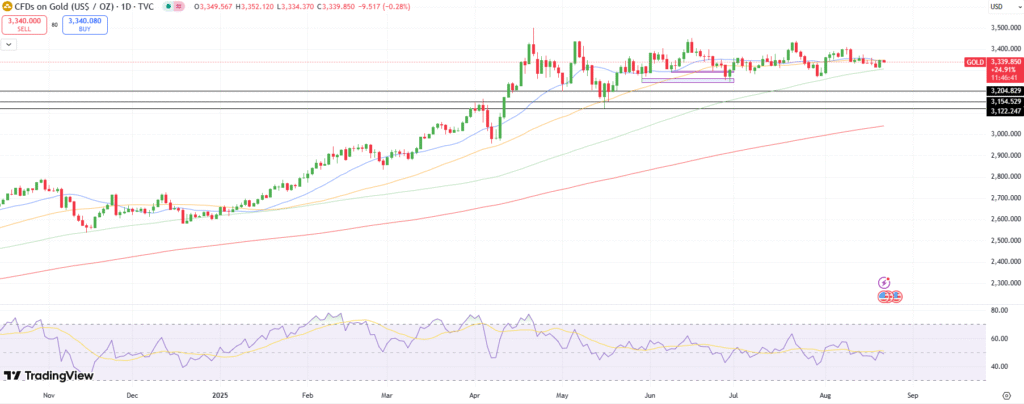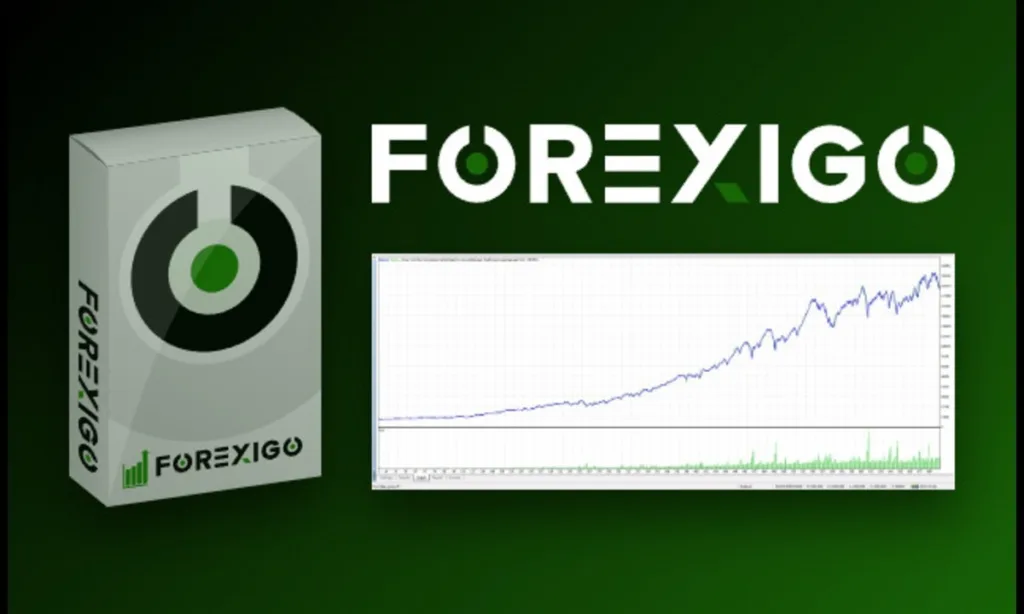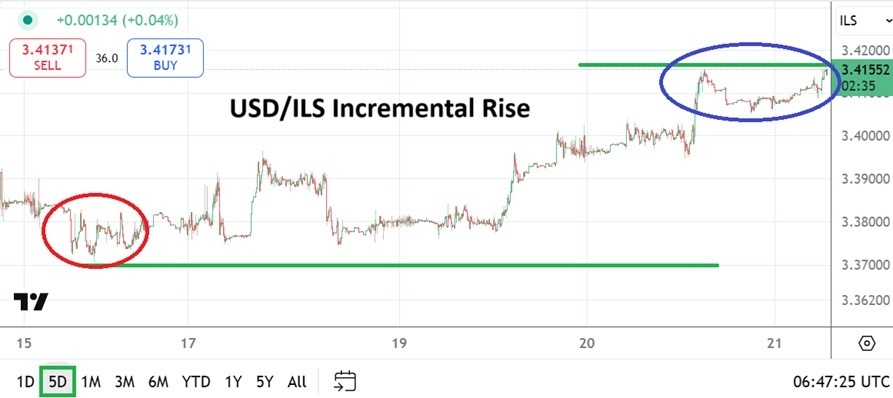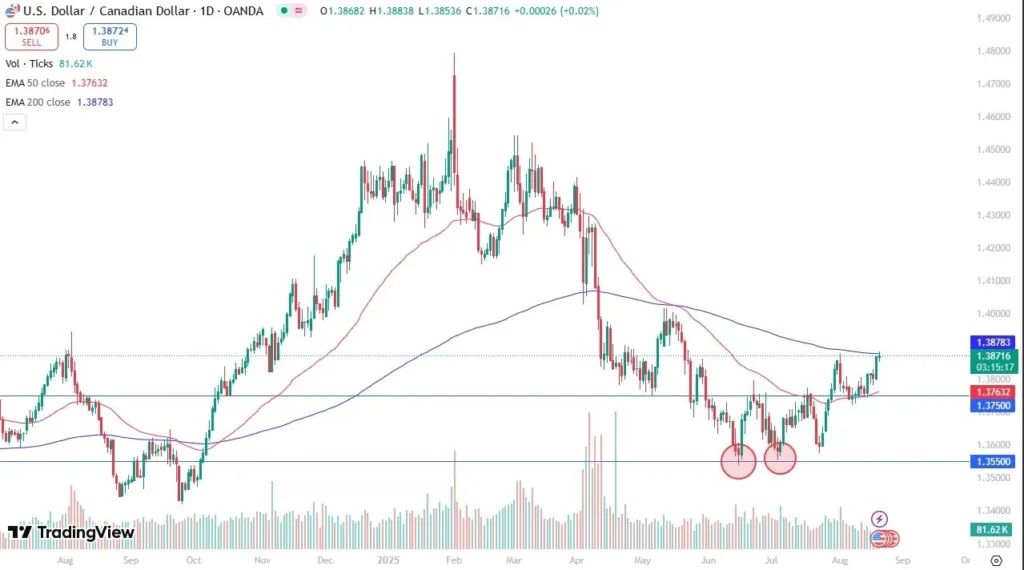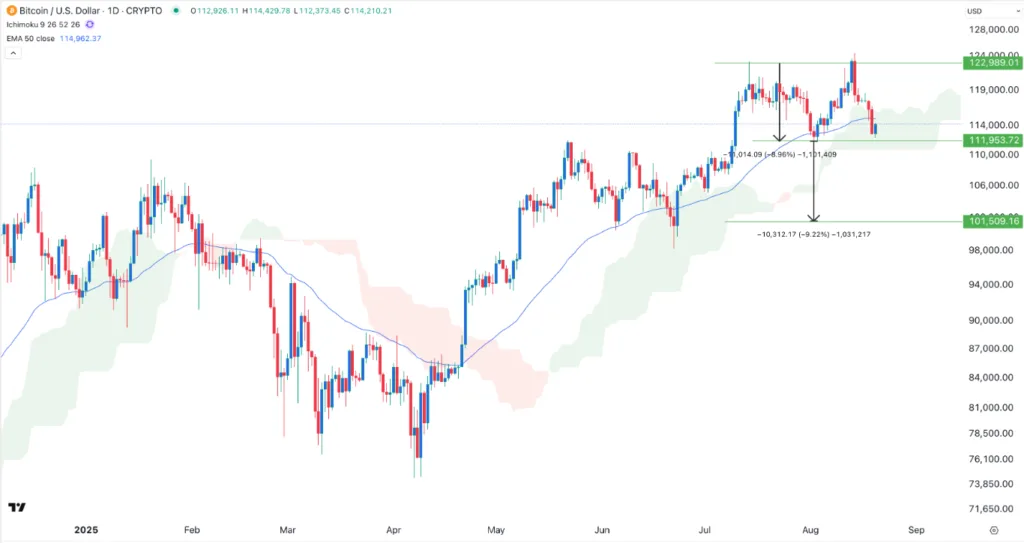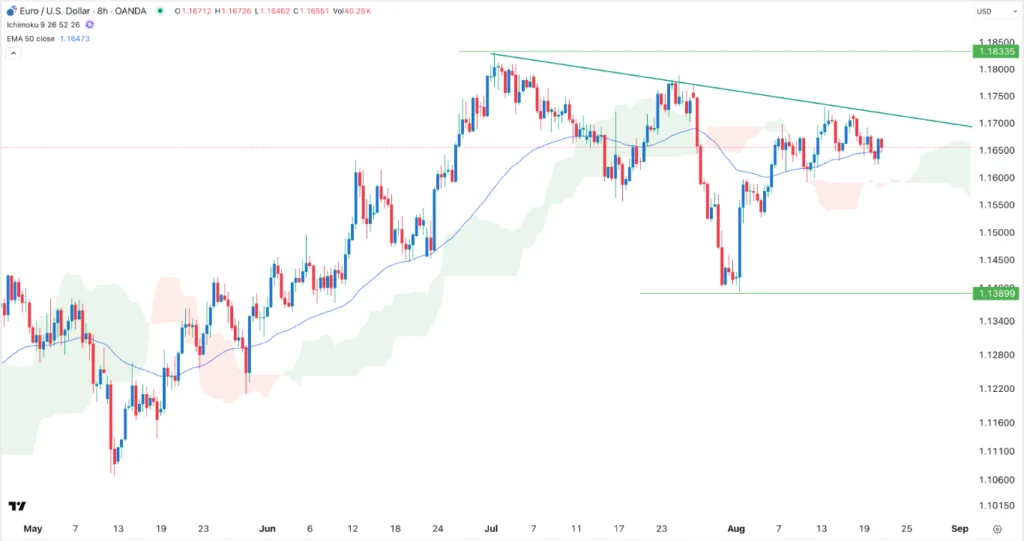President Trump’s tariffs have tipped the economy toward stagflation, but investors have another serious problem in the stock market’s elevated valuation.
U.S. stocks have been unusually volatile this year. The benchmark S&P 500 (^GSPC -0.24%) dropped more than 10% in two days in early April after President Trump outlined sweeping “Liberation Day” tariffs. Those rapid losses led to the third largest weekly spike in history in the Cboe Volatility Index as economists warned of dire consequences from the abrupt shift in U.S. trade policy.
However, Trump softened his stance on tariffs to some degree and the U.S. stock market staged a remarkable comeback. The S&P 500 surged 26% during the three-month period that ended July 10, something the index had only accomplished five times before. Since then, stocks have continued to grind through record highs even as warning signs have appeared.
Specifically, recent data suggests the labor market is weakening and wholesale inflation is worsening because of Trump’s tariffs. In addition, the S&P 500 currently trades at an elevated valuation that has inevitably led to sharp declines in the past.
Here’s what investors should know.

Image source: Getty Images.
The jobs market is weakening and wholesale inflation is worsening
Nonfarm payrolls (the number of workers in the U.S. economy excluding farm employees) increased 73,000 in July, missing the consensus estimate of 110,000. However, downward revisions to numbers from May and June were more alarming, subtracting 258,000 workers from the economy.
That means May through July was the worst three-month period for U.S. jobs growth since the pandemic. Nationwide Chief Economist Kathy Bostjancic commented, “The cracks in the labor market have widened substantially and add further pressure on the Federal Reserve to lower interest rates.” But that was before another problem cropped up.
Wholesale inflation, as measured by the Producer Price Index, notched a month-on-month increase of 0.9% in July, much higher than the consensus estimate of 0.2%. That was the fastest monthly increase in wholesale prices in three years, and higher wholesale prices usually lead to higher consumer prices. Indeed, several major retailers have either already raised prices or plan to raise prices because of tariffs, including Walmart, Costco, Target, and Home Depot.
That puts the Federal Reserve in a tricky position. The U.S. economy is moving toward a dreaded situation known as stagflation, where economic growth stagnates as the labor market weakens and inflation worsens. The Federal Reserve usually corrects labor market weakness by lowering interest rates, but it usually corrects high inflation by raising interest rates. So stagflation is a lose-lose scenario.
Here’s the bottom line: Uncertainty surrounding tariffs has caused U.S. companies to hire employees more slowly. Meanwhile, tariffs have pushed producer prices higher, and at least some cost increases will be passed along to consumers. Those problems could hurt corporate earnings and drag the stock market lower in the coming months. But investors are facing another serious problem.
The S&P 500 trades at a historically expensive valuation
The S&P 500 currently trades at 22.5 times forward earnings, a substantial premium to the 10-year average of 18.5 times forward earnings. Importantly, the benchmark index has only exceeded 22 times forward earnings during two periods since 1985, and both incidents eventually led to a sharp decline:
- Dot-com bubble: The S&P 500’s forward price-to-earnings (P/E) ratio drifted above 22 in the late 1990s as investors chased richly valued internet stocks. However, the dot-com bubble eventually burst and the index declined 49% from its high by October 2002.
- Covid-19 pandemic: The S&P 500’s forward P/E ratio surpassed 22 in 2021 as pandemic-driven stimulus programs and supply chain disruptions pushed inflation to a four-decade high. The Fed raised interest rates aggressively and the index declined 25% from its high by October 2022.
Here’s the big picture: President Trump’s tariffs have raised the average tax on U.S. imports to its highest level since the 1930s, and recent data suggests the labor market is weakening and wholesale inflation is worsening as a result. Meanwhile, the S&P 500 trades at a valuation that has always eventually led to a severe decline. That does not necessarily mean the U.S. stock market will crash this time around, but investors should be prepared for that outcome.
Trevor Jennewine has no position in any of the stocks mentioned. The Motley Fool has positions in and recommends Costco Wholesale, Home Depot, Target, and Walmart. The Motley Fool has a disclosure policy.

